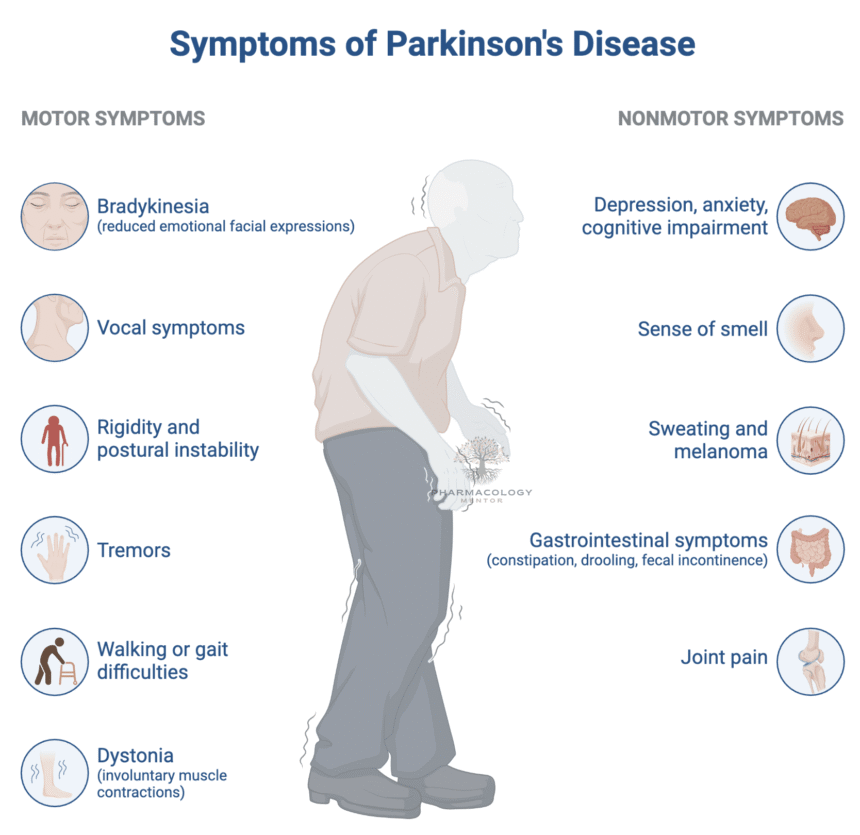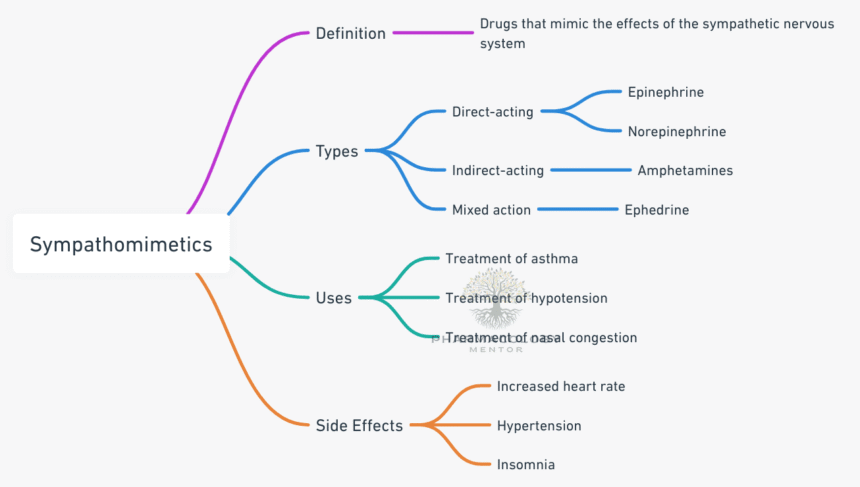Pharmacotherapy of Peptic Ulcer Disease (PUD)
Introduction Peptic ulcer disease (PUD) encompasses the formation of ulcers in the stomach (gastric ulcer) or duodenum (duodenal ulcer), primarily caused by gastric acid hypersecretion and/or compromised defense of the gastric and duodenal mucosa. While Helicobacter pylori (H. pylori) infection…
Pharmacotherapy of Bronchial Asthma
Introduction Asthma is a chronic inflammatory disease of the airways, characterized by bronchial hyperresponsiveness, variable airflow obstruction, and repeated episodes of wheezing, coughing, chest tightness, and dyspnea. This condition affects more than 300 million people worldwide, imposing a significant…
Pharmacotherapy of Cough
Introduction Cough is a protective reflex integral to clearing the airways of irritants, secretions, and foreign matter. Without a properly functioning cough mechanism, the risk of airway obstruction, infection, and subsequent respiratory complications increases significantly. Despite…
Pharmacotherapy of Parkinson’s Disease
Introduction Parkinson’s disease (PD) is a common neurodegenerative disorder characterized predominantly by motor symptoms including bradykinesia, rest tremor, rigidity, and postural instability. These cardinal clinical features trace back to the degeneration of dopaminergic neurons in the substantia nigra pars compacta, leading to reduced dopamine levels…
Pharmacology of Sedative-Hypnotics
Introduction Sedative-hypnotics are a class of medications primarily utilized to induce sedation (calming) or hypnosis (sleep). These central nervous system (CNS) depressants work by enhancing inhibitory neurotransmission within the brain, thereby diminishing…
Pharmacotherapy of Antidepressants
Introduction Antidepressant medications are a cornerstone of modern psychiatric care, offering relief and long-term stabilization for individuals experiencing major depressive disorder, anxiety disorders, and other related conditions. These drugs emerged…
Pharmacotherapy of Tuberculosis (TB)
Introduction Tuberculosis (TB) is a potentially severe infectious disease caused primarily by the bacterium Mycobacterium tuberculosis. While TB most commonly affects the lungs (pulmonary tuberculosis), it can also spread to…
Pharmacotherapy of Glaucoma
Introduction Glaucoma is a group of progressive ocular disorders characterized by damage to the optic nerve, often associated with elevated intraocular pressure (IOP). Over time, this damage can lead to…
Pharmacology of Sympathomimetics: Mechanisms, Clinical Applications, and Safety
Introduction to Sympathomimetics Sympathomimetic medications—also known as adrenergic agonists—are a diverse group of pharmacological agents that mimic the physiological actions of endogenous catecholamines (e.g., norepinephrine and epinephrine) and other neurotransmitters…
History of Pharmacology
Pharmacology is the science that examines how drugs interact with living systems, encompassing the discovery, composition, properties, therapeutic uses, and toxicology of medications. Its history spans thousands of years, weaving…
















